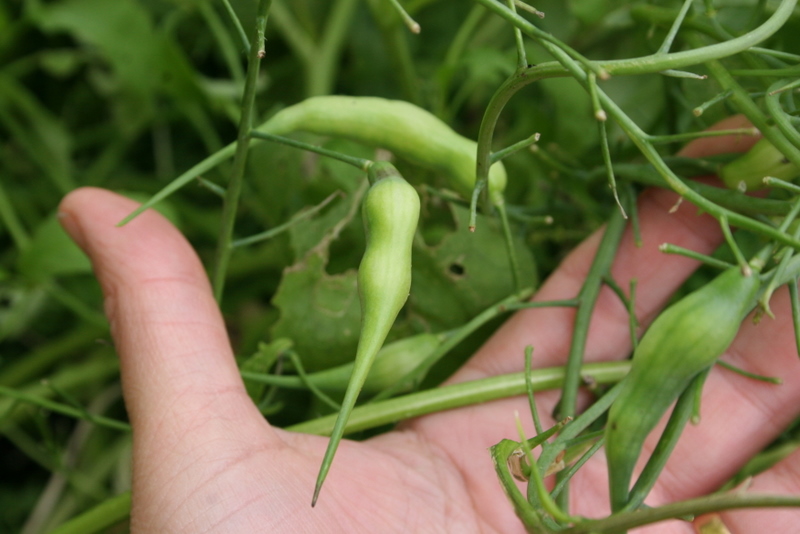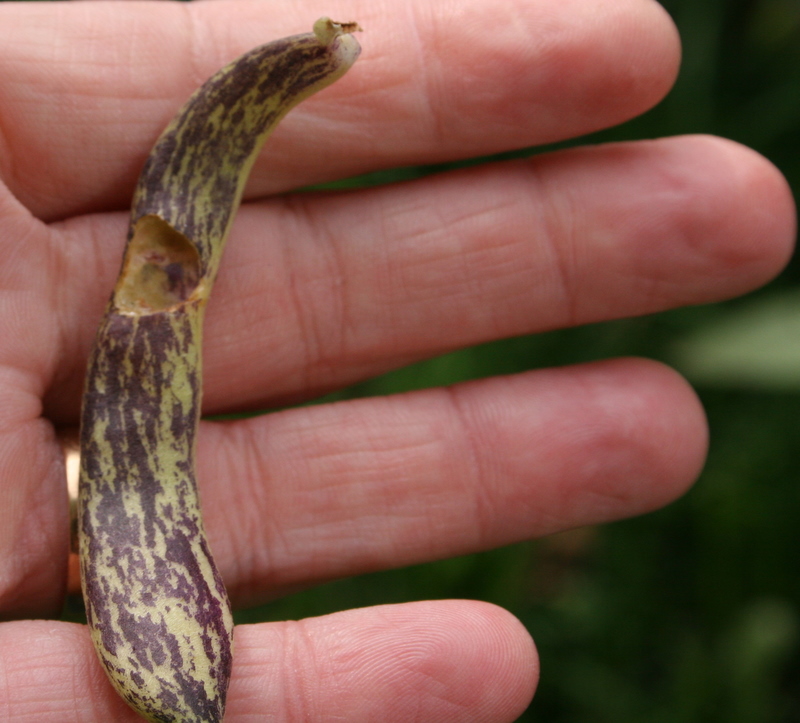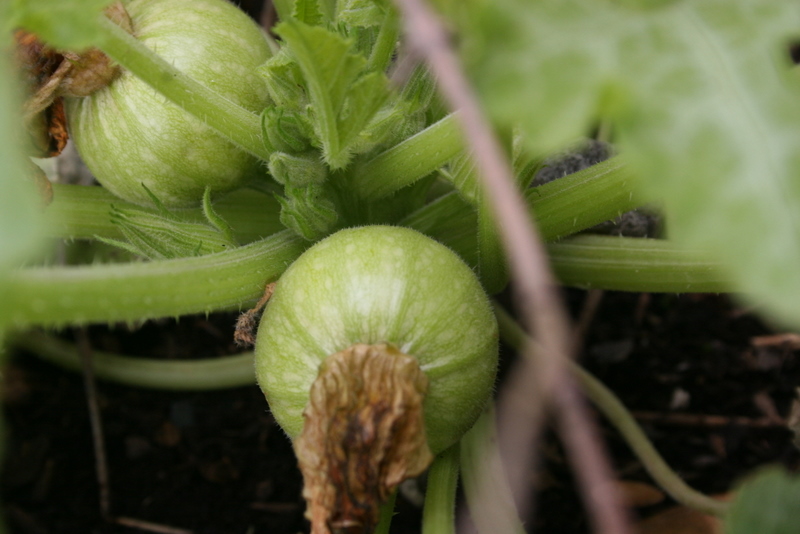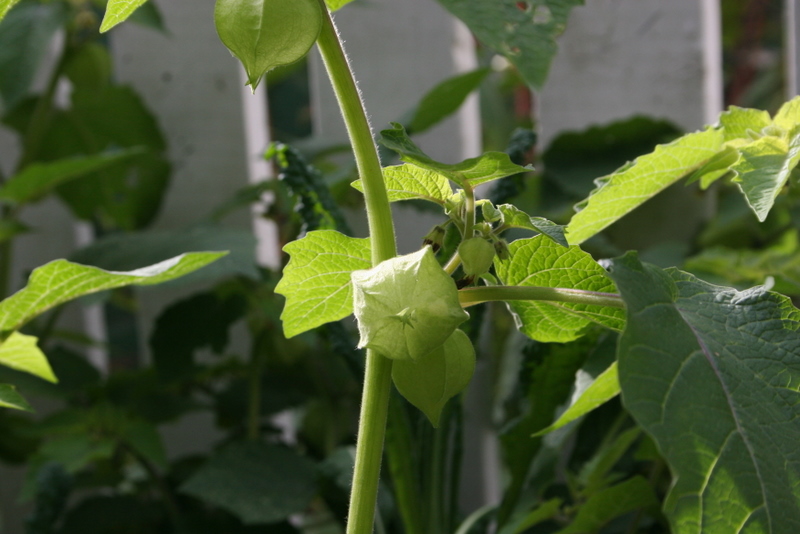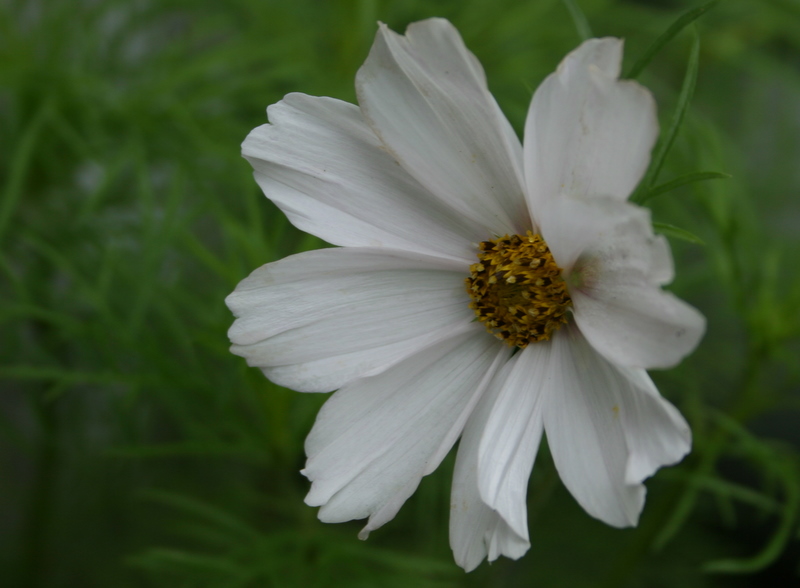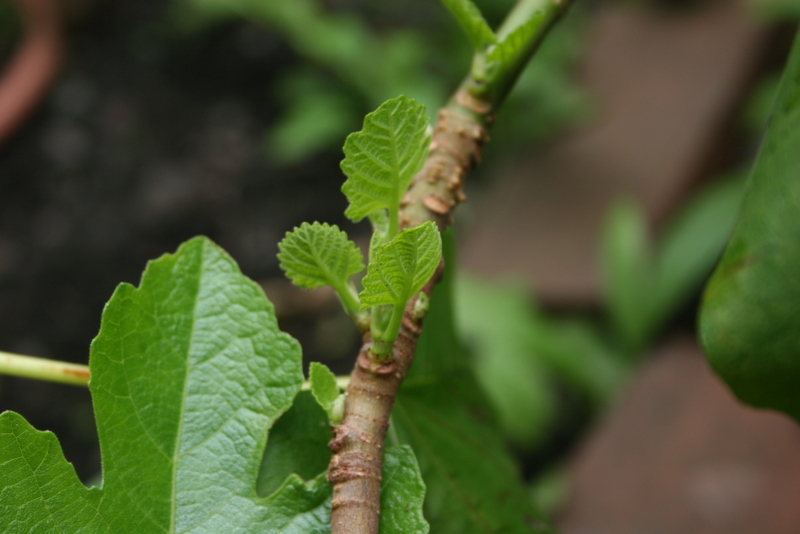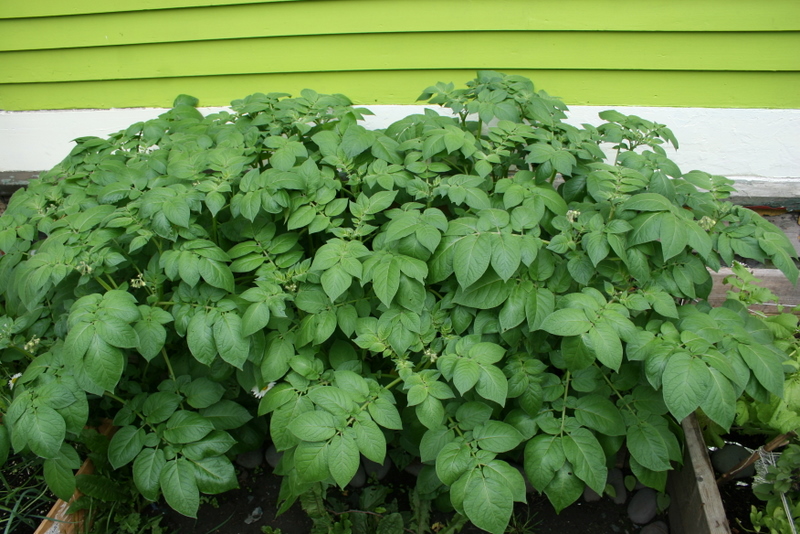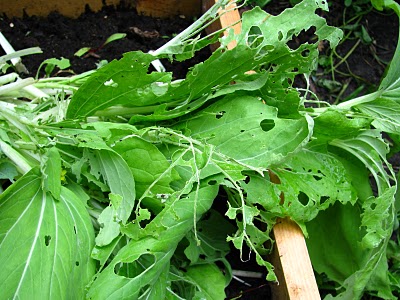Well, friends, I had planned to offer you a delightful round-up of what worked and what didn't in my little downtown garden this year, but unfortunately the cable for my computer has vanished, and the extra cable I keep on hand for such emergencies has had both of its ends filled with play-dough. (Hey, guess what! I found the cord! We have photos!) I have an angry, teething toddler trying to get into my lap, so you'll have to settle for a photo-less post in list form. Okay? Okay!
Most amazing discovery: the rat tail radish. Holy crow. Rat tail radishes are heirloom radishes that were bred to produce tasty pods instead of the roots we're used to. They're delicious! Zippy, like a regular radish, but kind of greenish at the same time. They're really good with a dip or just on their own. Super crunchy and juicy. Apparently they're good pickled, but I haven't tried that yet. As they grow they get kind of jungly and lanky, so they're not the best if you're into ornamental edible landscaping, but they're well worth the mess.
Biggest bust: beans and peas. Between the slugs and the damp spring, hardly any of the four kinds of beans I planted came up. Also, two kinds of peas were lost to sogginess and slugs. It was very sad. The troopers that survived were the Schweizer Riesen snow peas and the Blue Jaysnap beans, and they're both still truckin', even in the cold. I should note, though, that neither one of those has had a particularly impressive yield, but I'm going to attribute that to the weather, not to the seeds themselves. They did the best they could.
Most impressive harvest: garlic. I planted my garlic late last year, well into November. By that time, nobody local had any seed garlic left to sell, so I had to order some from away, at considerable expense. When my package came, I was kind of sad to realize that for all that money, I had gotten a mere two heads of garlic. I sighed and carried on. Then, that same week, what should I spy at Dominion but packages of organic hardneck garlic from Furmanek Farm in Arthur, Ontario. There were three bulbs in a little net pack for, what, maybe six bucks? I took them home, planted them lovingly, and they outperformed the ordered seed garlic by far. All the garlic I planted did well, but the grocery stuff was incredible. Just goes to show that sometimes it's better to ignore conventional advice and just try something crazy.
Most ridiculous out of season action: squash. All of my squash, winter and summer, sulked through the whole season. Now I have two baby zucchini and a load of baby pumpkins, just in time for the frost to kill them. Oh, the tragedy! I'll eat the baby zucchini, but I'm afraid there's nothing I can do for the pumpkins, except keep my fingers crossed for a ridiculously warm November.
Wackiest season-extending scheme: tomato dome. Like pretty much everyone else, I have a load of green tomatoes that will probably never ripen on the vine. Some are far enough along that I can ripen them indoors, but others are nowhere close. They're in two adjacent 4" x 4" beds, with a trellis along the inner edge of each bed. My scheme is to encase the whole thing in vapor barrier (cheaper and easier to find than greenhouse plastic, and just as durable - I know someone who's had an amazing greenhouse made from the stuff for the last three years) and hope for the best. I'm also going to remove all the last of the blossoming flowers and pinch out the growing tips of the plants so that all the energy will be sent into the fruit that has already formed. Wish me luck!
There are some things I haven't been able to harvest yet. My Jerusalem artichokes and my ground cherries are still growing, and my parsnips will want a frost before they can be dug up. I have kale, lamb's lettuce, and red mustard started that should take me into winter, and I'll be starting some more winter crops over the next couple weeks. I hope I can find my camera cable soon so I can show you pictures of them. Photos to come soon!







